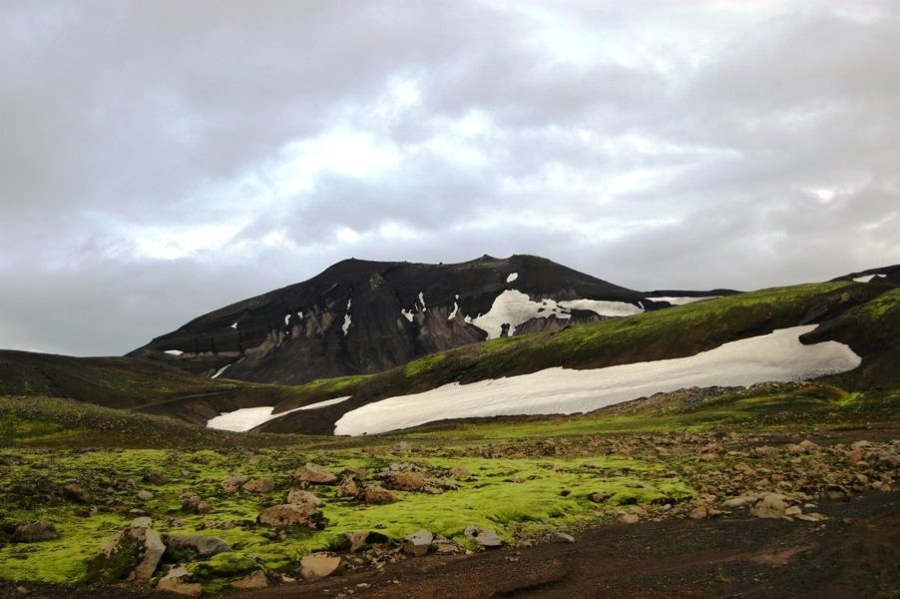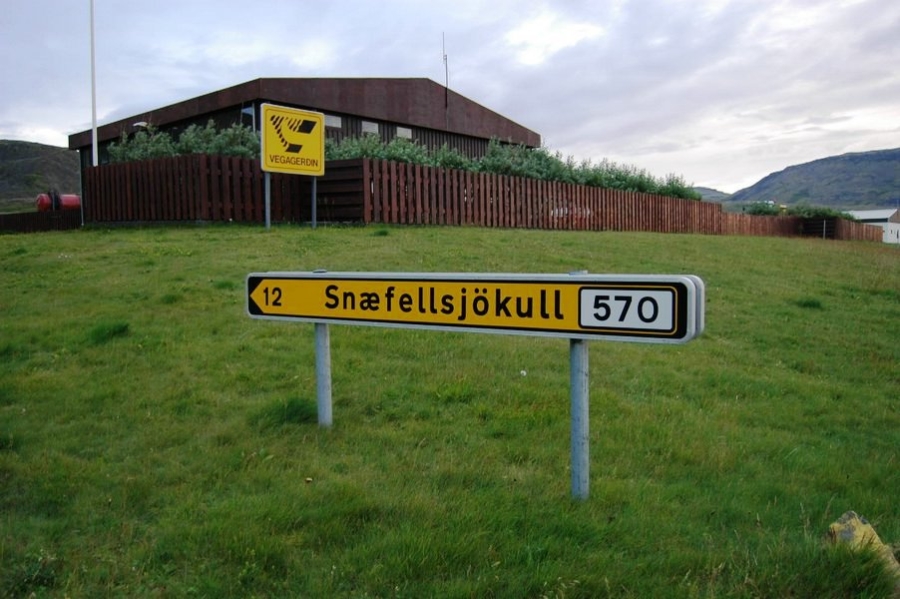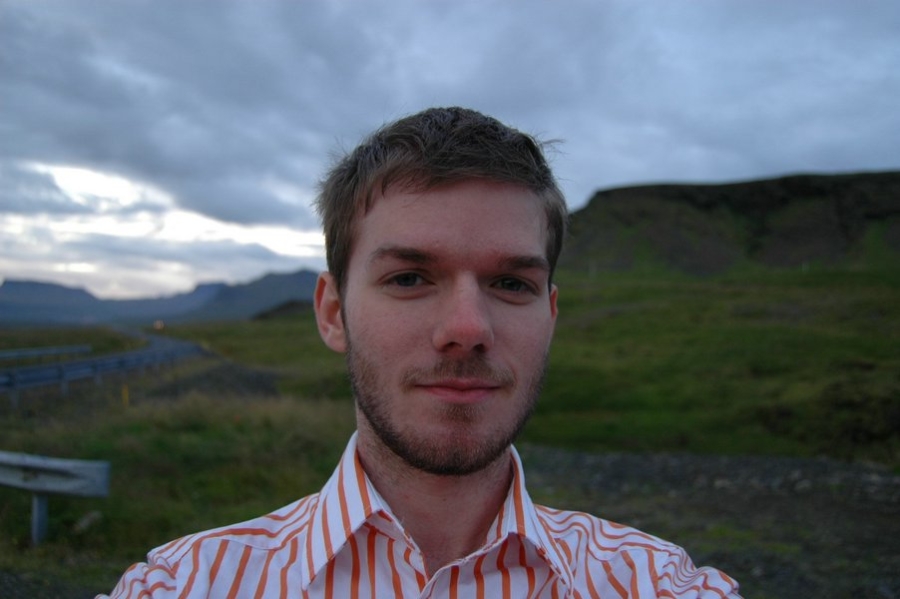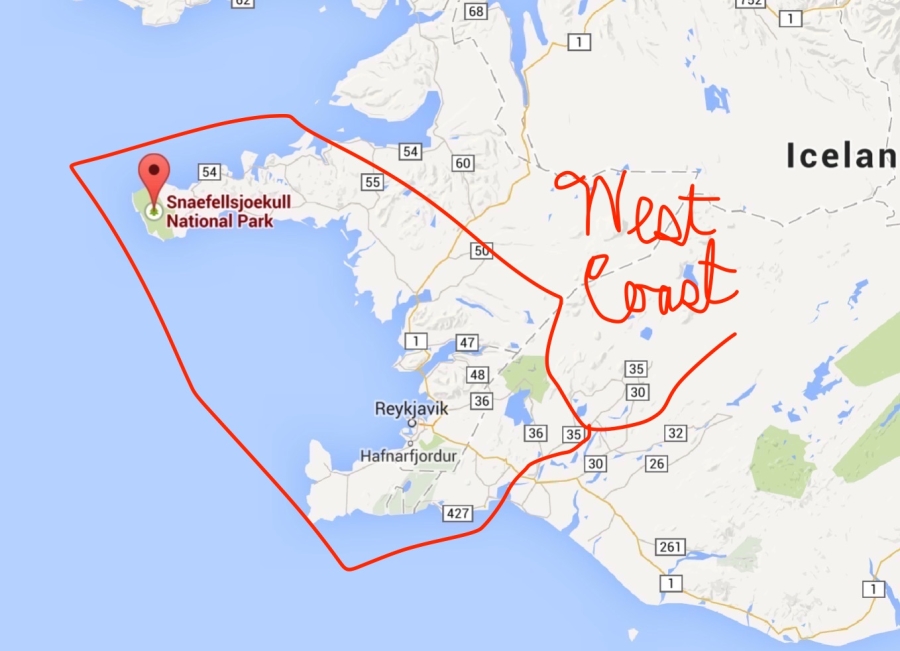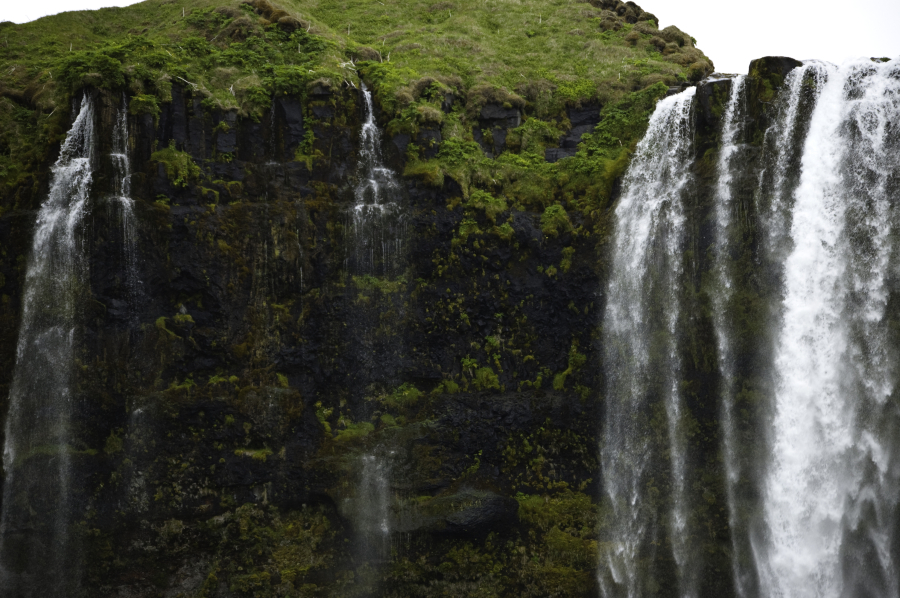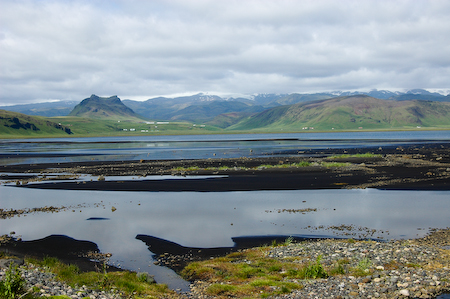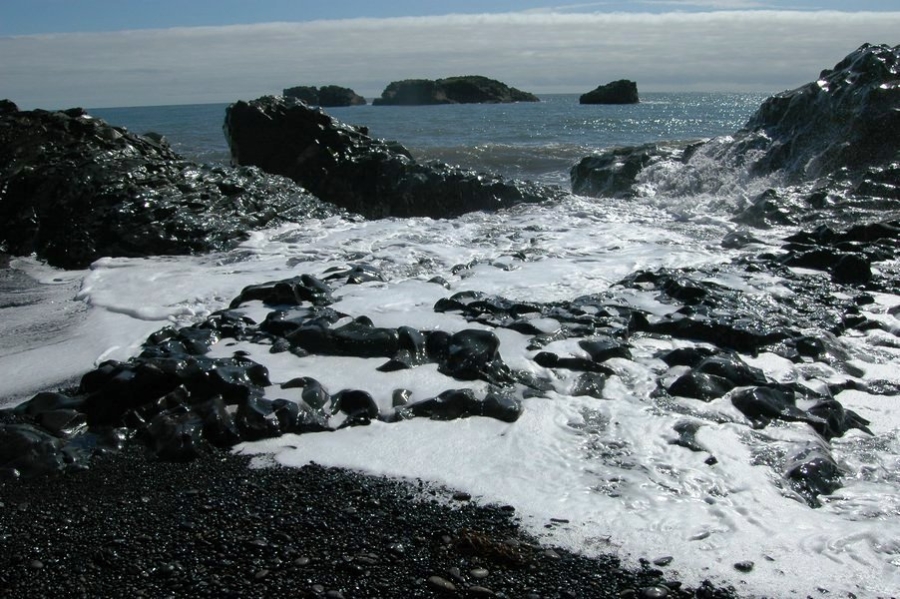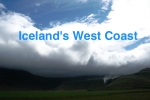
Also see:
Ice stripes. Continental divides. Knife-edge cliffs. Mysterious glaciers shrouded in clouds.
And the west coast of Iceland isn’t even my favorite part of the country.
Writing about Iceland is an emotional experience for me, as I have been to the country over a dozen times and still find new reasons to visit. I feel a kinship with the earth there that I find nearly impossible to describe. It’s really only a feeling, and one that I continue to revisit.
The west coast is very much an enigma for a lot of reasons:
- It’s easy to get to from the east coast of the US
- It contains a lot of the history and most of the population and culture of Iceland
- The variety of nature is stunning
- Most of it is within a days’ drive of Reykjavik, the world’s northernmost capital
For this article, I consider the “west coast” of Iceland to include the peninsulas of Reykjanes and Snaefellsnes and the area in between, with the exclusion of Reykjavik (it deserves its own post). The Westfjords also deserve their own post.
The highlights I want to focus on for western Iceland are Snaefellsjokull, on the Snaefellsnes peninsula, and the Blaa Lonid (Blue Lagoon) region on the Reykjanes peninsula.
The area in between contains the “Golden Circle”: Thingvellir, the site of the oldest parliament in the world, Geysir, the famour geysir, and Gullvoss, a magnificent waterfall. But for the Golden Circle, you can simply stay in Reykjavik, which I will cover later.

